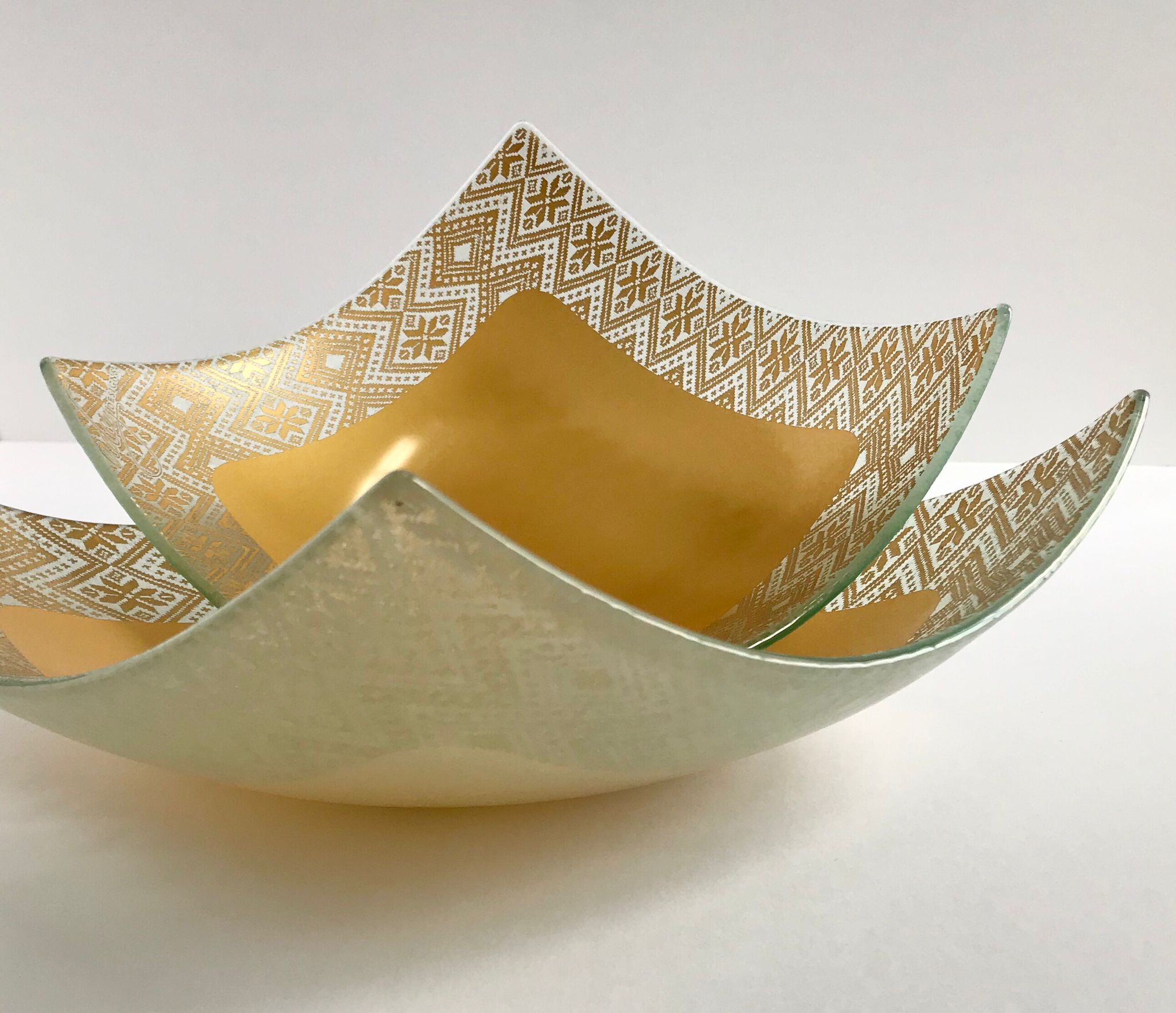Original Story Published by: Sheree Bega, www.mg.co.za
Photo Source: Morgan Trimble
(Above) To the rescue: An endangered Pickersgill’s reed frog perches on a leaf near Richards Bay
Most people have probably never heard of a Pickersgill’s reed frog, but Ian Du Plessis would like that to change.
At 2.5cm, and no bigger than a R5 coin, these endangered, rare amphibians are endemic to South Africa, but only exist in a narrow stretch of coastal wetlands in KwaZulu-Natal.
These frogs, says Du Plessis, who is the curator of reptiles, fish, insects, amphibians and arachnids at the Johannesburg Zoo, feed on malaria-carrying mosquitoes and are an important indicator species signalling the health of coastal wetlands.
Du Plessis is part of a team of conservationists from the zoo, the Endangered Wildlife Trust and Ezemvelo KZN Wildlife, who run the pioneering amphibian conservation project.
Since 2018, they have released about 800 offspring, bred in specially-designed laboratories at the zoo, into their natural habitat in KwaZulu-Natal.
“We release them once a year,” he says. “We go and collect 20 to 30 wild specimens, bring them to the zoo and let them breed and then all the offspring plus the wild specimens are taken back to the place of origin and are released, reinforcing populations under stress.”
Du Plessis has led 10 to 15 expeditions to monitor the released batches of frogs, who are marked with colour coded and patterned frog markers, making them glow in the night. “We found them and they survived, so the programme we have initiated for the preparation to survive within a natural environment is working.”
To read the full article, visit www.mg.co.za.









